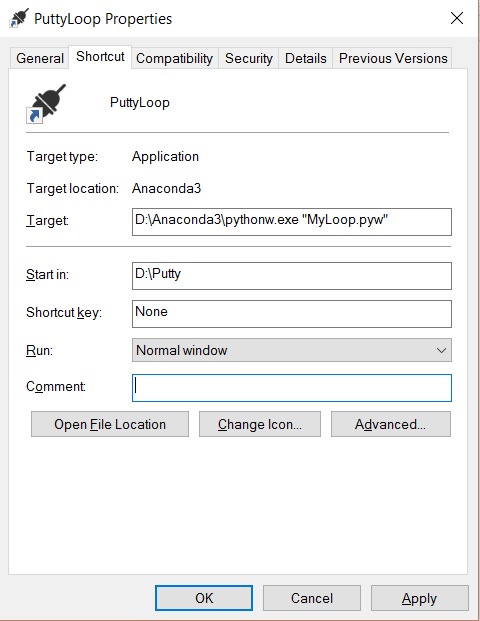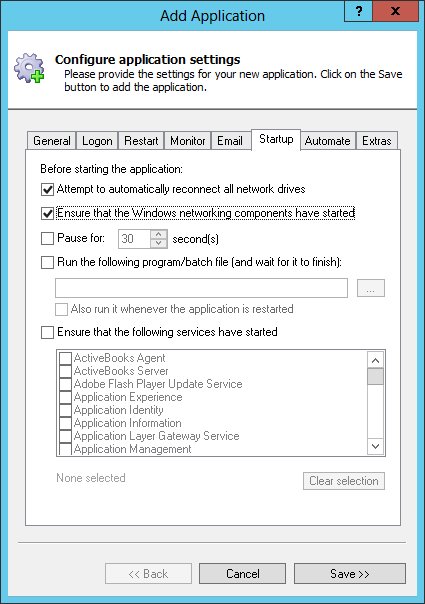

noshare disable use of connection sharing i key private key file for user authenticationĭisconnect if SSH authentication succeeds trivially 1 -2 force use of particular SSH protocol version pwfile file login with password read from specified file The following options only apply to SSH connections:
#Putty batch script example serial#
Specify the serial configuration (serial only) load sessname Load settings from saved sessionįorce use of the bare ssh-connection protocol pgpfp print PGP key fingerprints and exit

("host" can also be a PuTTY saved session name)
#Putty batch script example how to#
This tells you the version of Plink you're using, and gives you a brief summary of how to use Plink: Once you've got a console window to type into, you can just type plink on its own to bring up a usage message. This section describes the basics of how to use Plink for interactive logins and for automated processes. On Windows 95, 98, and ME, you will need to edit your AUTOEXEC.BAT to include a set command like the one above. To set your PATH more permanently on Windows NT, 2000, and XP, use the Environment tab of the System Control Panel. This will only work for the lifetime of that particular console window. Set PATH=C:\path\to\putty\directory %PATH% To add the directory containing Plink to your PATH environment variable, type into the console window: In order to use Plink, the file plink.exe will need either to be on your PATH or in your current directory. It should be available from the Programs section of your Start Menu. In Windows 95, 98, and ME, this is called an ‘MS-DOS Prompt’, and in Windows NT, 2000, and XP, it is called a ‘Command Prompt’. This means that you cannot just double-click on its icon to run it and instead you have to bring up a console window. Plink is probably not what you want if you want to run an interactive session in a console window. It is mostly used for automated operations, such as making CVS access a repository on a remote server.

Plink is a command-line connection tool similar to UNIX ssh.


 0 kommentar(er)
0 kommentar(er)
